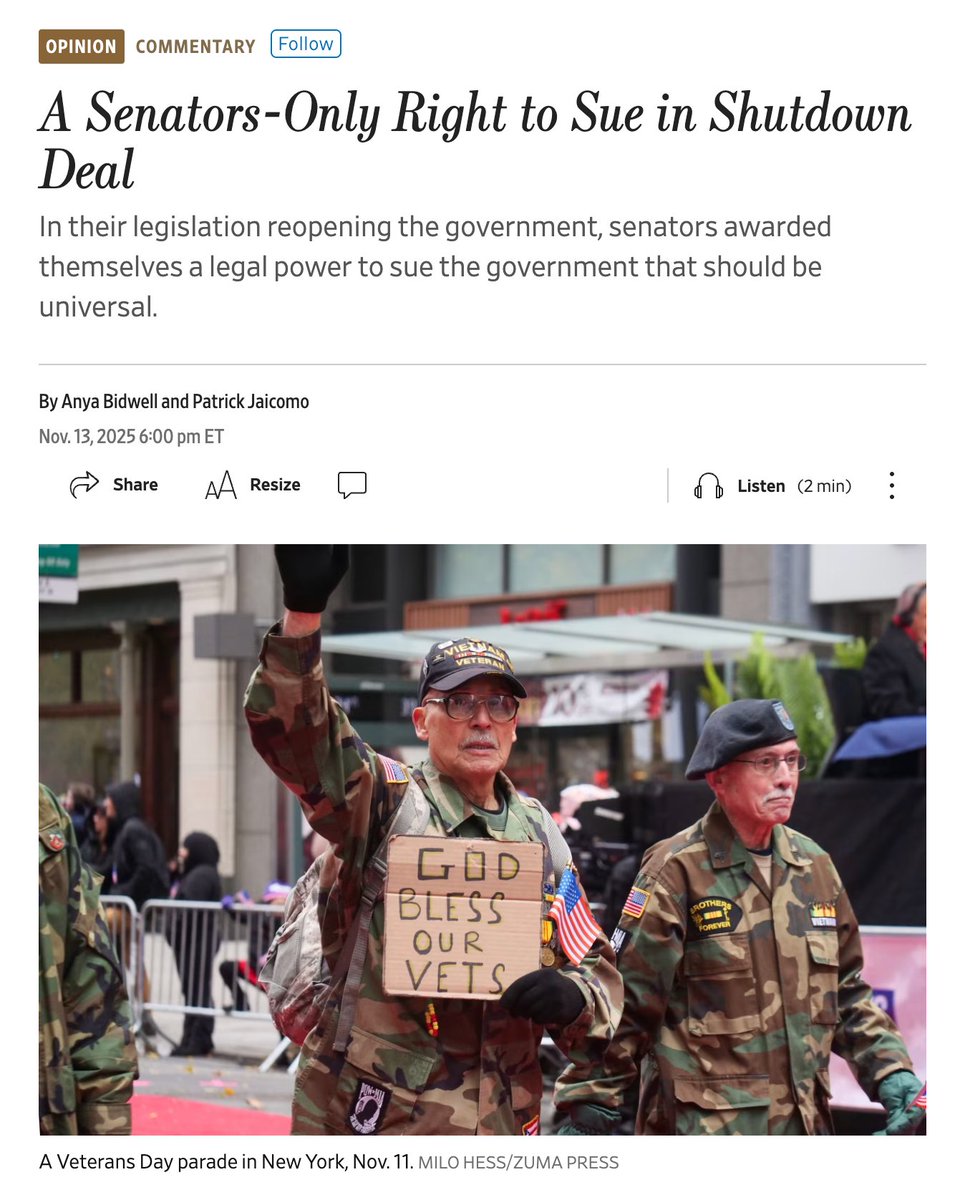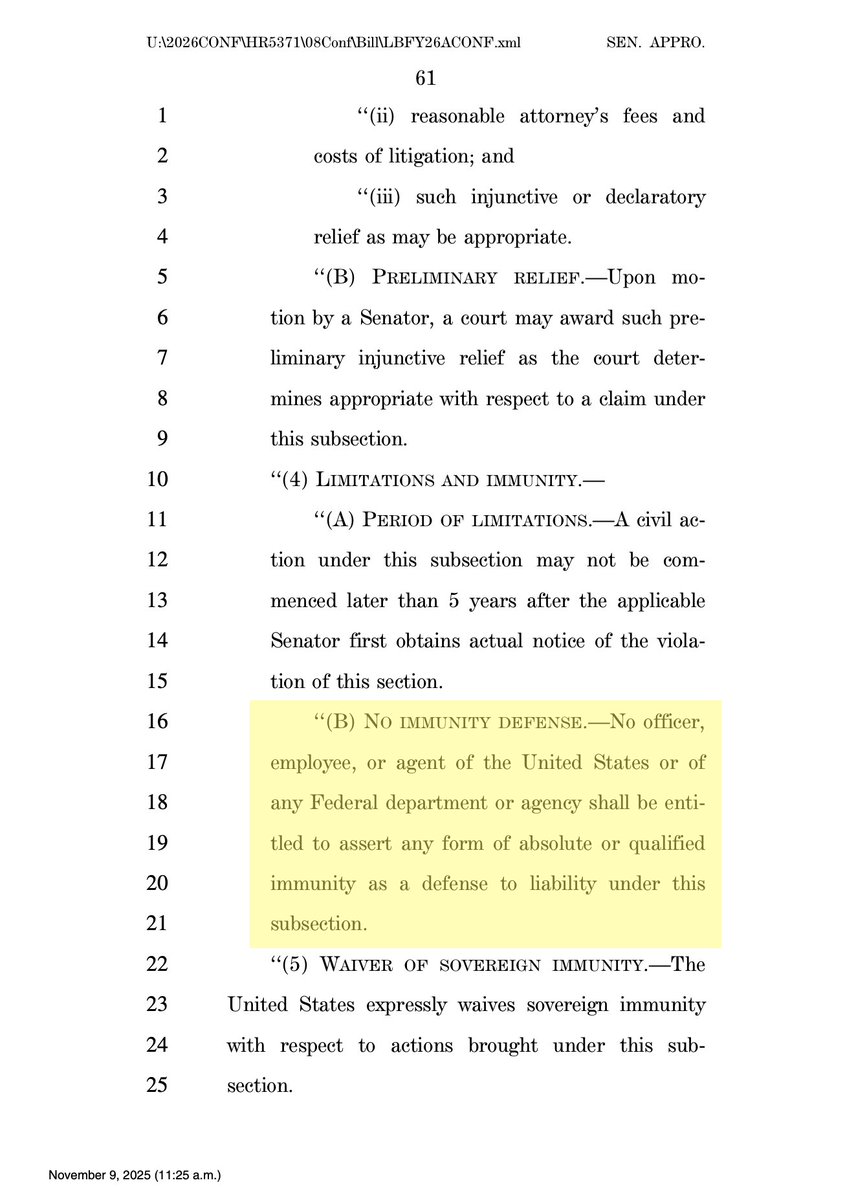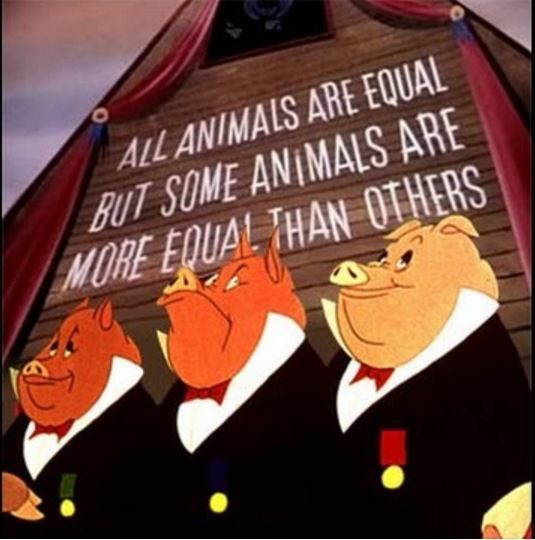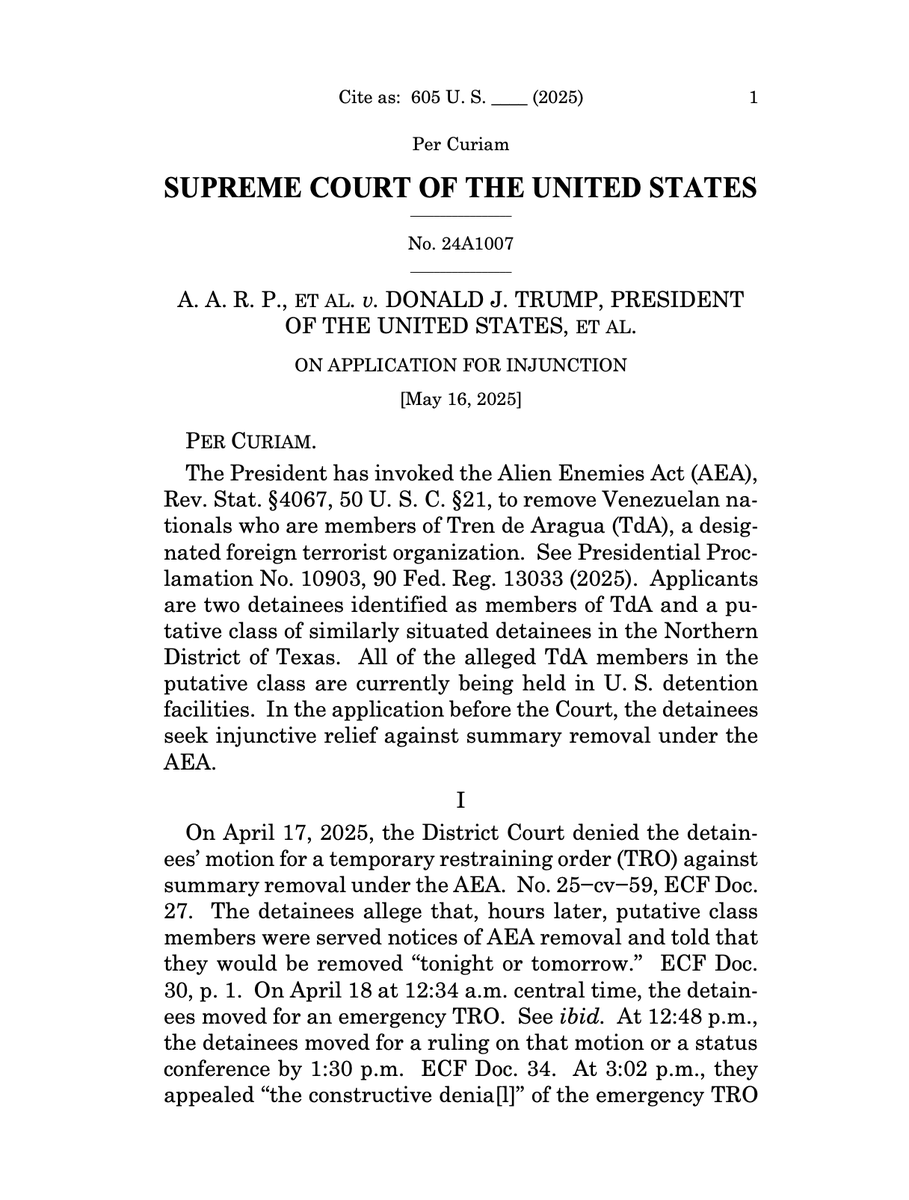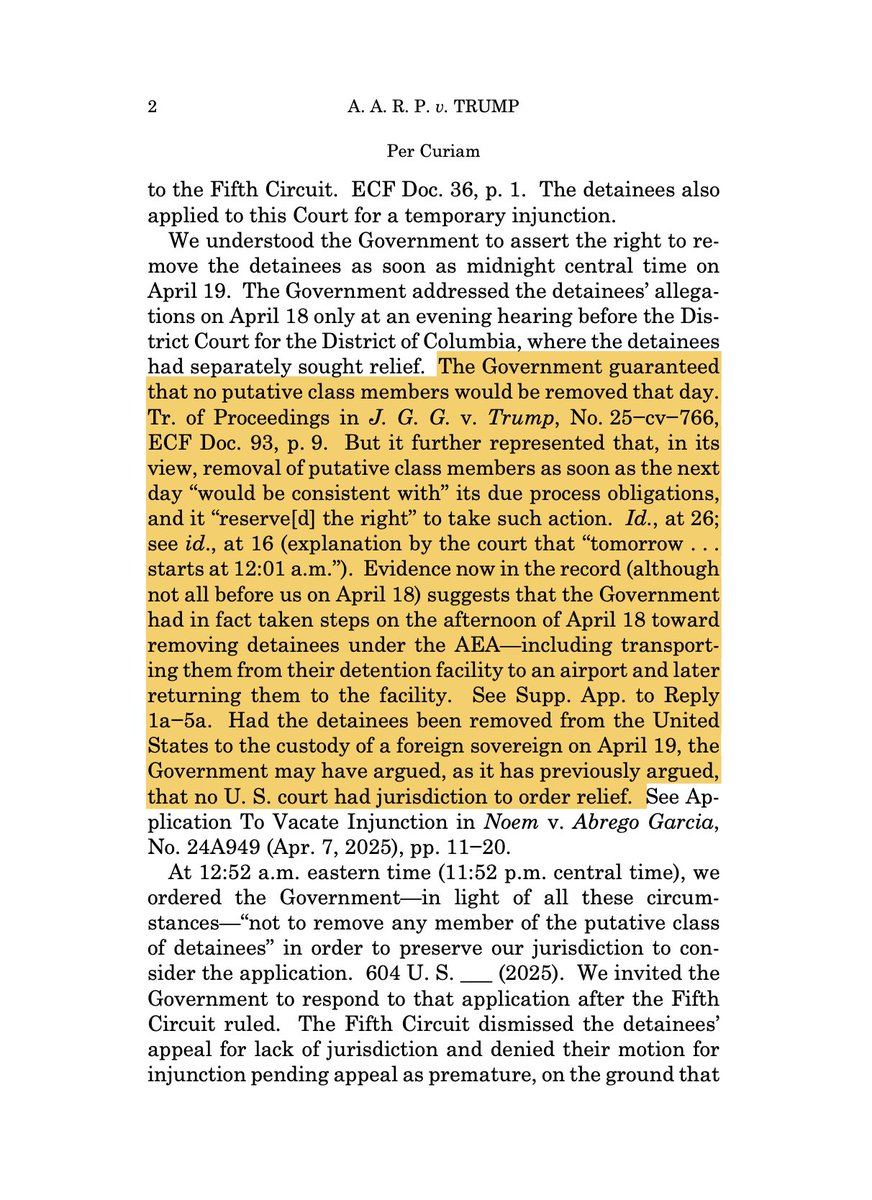🧵 QUALIFIED IMMUNITY ALERT
In Taylor v. LeBlanc, the 5th Cir. holds it’s clearly established that prisons cannot hold people beyond their release date (more than 2 years in this case).
But the 5th Cir. creates a NEW ELEMENT of #QualifiedImmunity to let the jailer off. Wow. 1/

In Taylor v. LeBlanc, the 5th Cir. holds it’s clearly established that prisons cannot hold people beyond their release date (more than 2 years in this case).
But the 5th Cir. creates a NEW ELEMENT of #QualifiedImmunity to let the jailer off. Wow. 1/


Normally, there are 2 questions for #QualifiedImmunity:
(1) Is there a constitutional violation? (2) Is it “clearly established”?
The clearly-established test does all the mischief because it requires an earlier decision on similar facts (e.g., pepper spray vs. taser). 2/

(1) Is there a constitutional violation? (2) Is it “clearly established”?
The clearly-established test does all the mischief because it requires an earlier decision on similar facts (e.g., pepper spray vs. taser). 2/


Though it’s premises are wrong (if not absurd), SCOTUS created the clearly-established test to determine whether an official’s acts were “objectively reasonable.” I.e., if there’s a similar case holding that an act is unconstitutional, it’s objectively unreasonable to do it. 3/ 


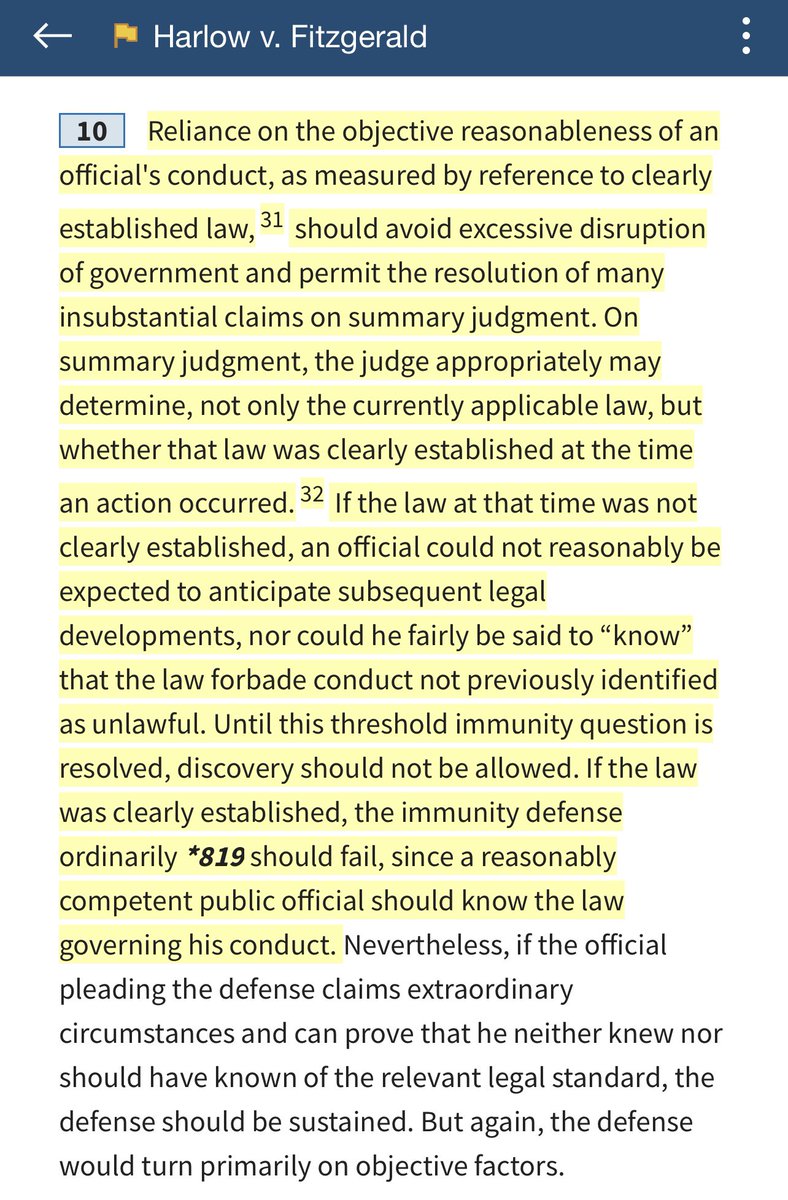
But in Taylor, the 5th Cir. separates the clearly established test from reasonableness and holds that a gov’t official can violate clearly established law AND STILL GET #QUALIFIEDIMMUNITY. This is wild and creates yet *another* way for gov’t officials to avoid accountability. 4/ 



Taylor cites to Hare v. City of Corinth, but the original emphasis makes clear that Hare was distinguishing b/w clearly established law at the time of its decision and the time of the act-the latter being dispositive. (So Taylor’s omission of Hare’s emphasis is crucial.) 5/ 



Taylor also cites Hope v. Pelzer, a uniquely anti-#QualifiedImmunity SCOTUS opinion, which created an obviousness exception to the clearly-established test. Taylor relies on Hope to argue the c-e test is not sufficient to overcome QI. But Hope held the OPPOSITE. 6/ 



The whole point of Hope was to explain that some things are so bad no earlier case is necessary for fair warning. The Supreme Court reiterated that recently in Taylor v. Riojas, slapping down the 5th Cir. for granting #QualifiedImmunity for horrific jail conditions. 7/ 





But somehow (in another prison case, no less), the 5th Cir. is using Hope for the opposite proposition: Even if something IS clearly established as unconstitutional, we can grant #QualifiedImmunity unless plaintiff somehow shows it was also objectively unreasonable. Huh? 8/ 



Judge Ho has been pretty good on #QualifiedImmunity in the past year. (See, e.g., Villarreal v. Laredo). But this is through the immunity looking glass.
Read for yourself.
/END
ca5.uscourts.gov/opinions/pub/2…
Read for yourself.
/END
ca5.uscourts.gov/opinions/pub/2…
CLARIFICATION: A commenter (who seems to have deleted her account?) pointed out that this is not a totally new test, citing Kipps v. Caillier from 1999. I agree that I was a little imprecise. So, I'd like to add a couple points: . . . a/ 

(1) The 3d element in Taylor is not "new," but one that has been dormant in the 5th Cir. for about 20 years. (2) It has been cited in other circuits, primarily the 1st (where it went dormant in about 10 years ago) and the 6th (which still uses it, see below). b/ 

(3) The 3d element seems to have been an attempt to address the specificity requirement of the c-e test (e.g., taser v. pepper spray), but that's not how the 5th Cir. uses it here. Rather, Taylor acknowledges keeping someone for 30 days past a sentence is a c-e 14A violation: c/ 

As I noted earlier, if a sufficiently specific precedent clearly establishes something is unconstitutional, that (per Harlow v. Fitzgerald itself) is what determines objective unreasonableness. But Taylor creates a new escape valve (or at the very least muddies the precedent): d/ 



Finally, and most importantly, (4) this independent 3d element is clearly inconsistent with SCOTUS precedent. The cited portion of Saucier doesn't support it. Hope v. Pelzer certainly doesn't support it. Taylor makes #QualifiedImmunity worse.
/end (for real this time)

/end (for real this time)


• • •
Missing some Tweet in this thread? You can try to
force a refresh


